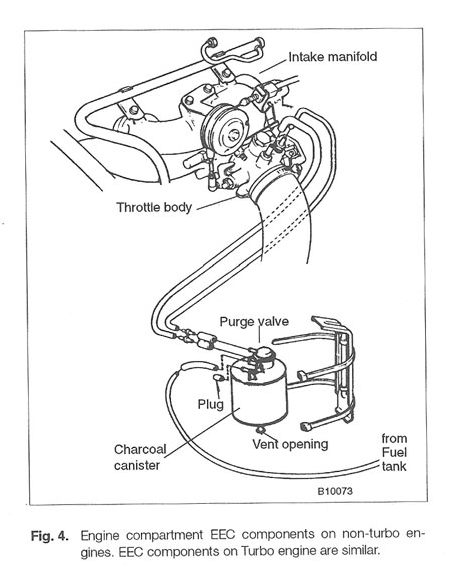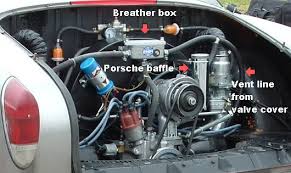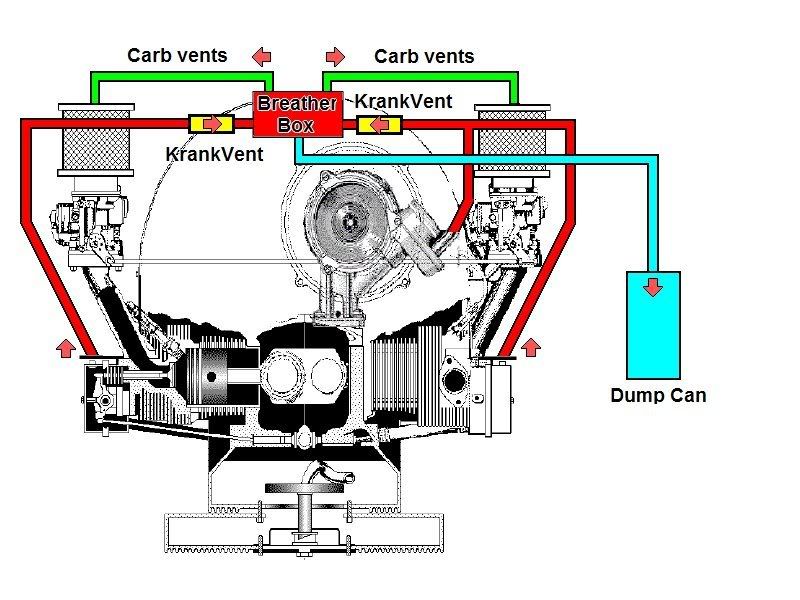



 High performance engines create a storm of high internal crankcase pressure as the crankshaft spins
High performance engines create a storm of high internal crankcase pressure as the crankshaft spins, and the pistons fly back and forth. Add some piston ring blow-by, and power goes down as pressure resistance to the moving parts go up. Reliability also drops as oil blows out of seals, gaskets, and even the engine's crankcase breather.
Racers of all types resort to "dump cans," a can or tank the crankcase breather vents into, keeping oil off the track. At screaming win-or-break RPM's, air pressure is forcing oil out of every hole in the engine it can find.
What Causes Crankcase Pressure?
Two things. Moving parts, and piston ring blow-by. The "pressure" we talk about is made up of air resistance, and splashed oil droplets suspended in gases that made it past the piston rings, including unburned gasoline and water vapors.
Pistons push air and gasses on both ends of the cylinder. Moving anything takes energy. Pumping pressure out of an engine through a small breather also takes energy, because the breather hole is so restrictive.
When crankcase pressure builds because the air and gasses inside can't easily vent, it will escape wherever it can. This is the cause of many small oil leaks.
To fix this, you have to exhaust the area inside the crankcase, removing the combustion products, which blow by the piston rings. After only a couple of power strokes the case pressure rises. The perfect breather would expel crankcase pressure and blow-by gas while simultaneously providing low pressure inside the crankcase.
How Much Pressure Is In A Crankcase?
A vacuum/pressure gauge connected to a port into the engine (not the intake, but the crankcase itself) will show you how much pressure your engine creates as it runs. Most engines don't have a handy crankcase vacuum port, but sometimes an oil dipstick hole can be a good improvised location.
A rough rule of thumb is that for every one litre of engine displacement, it will blow out (by volume) about 1.25 cubic feet per minute of air at high (5000+) rpm.
That means that even on a modest 2-litre engine turning six grand, you can have 2.5cfm trying to blow out, at 30psi (or more) of internal pressure.
![Fun 36 3 11[1]](images/smilies/fun_36_3_11[1].gif)

![36 13 6[1]](images/smilies/36_13_6[1].gif)

![36 13 6[1]](images/smilies/36_13_6[1].gif)

![36 13 6[1]](images/smilies/36_13_6[1].gif)

![36 13 6[1]](images/smilies/36_13_6[1].gif)

 AHLNWS HALN
AHLNWS HALN


 homemade PCV catch can
homemade PCV catch can